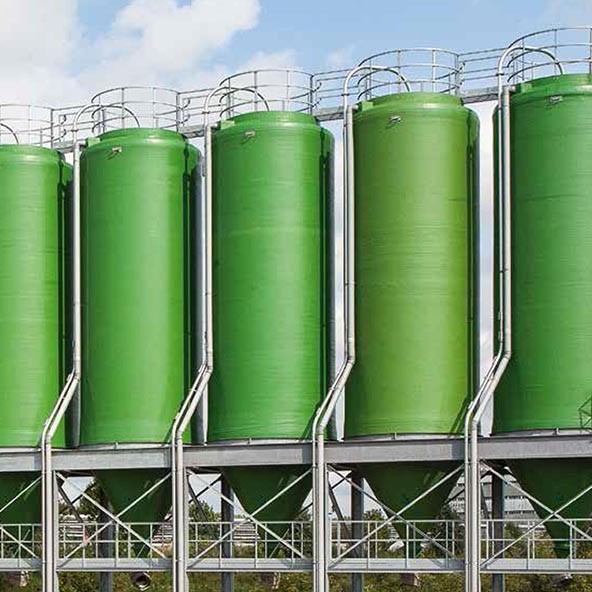
-
 Afrikaans
Afrikaans -
 Albanian
Albanian -
 Amharic
Amharic -
 Arabic
Arabic -
 Armenian
Armenian -
 Azerbaijani
Azerbaijani -
 Basque
Basque -
 Belarusian
Belarusian -
 Bengali
Bengali -
 Bosnian
Bosnian -
 Bulgarian
Bulgarian -
 Catalan
Catalan -
 Cebuano
Cebuano -
 China
China -
 China (Taiwan)
China (Taiwan) -
 Corsican
Corsican -
 Croatian
Croatian -
 Czech
Czech -
 Danish
Danish -
 Dutch
Dutch -
 English
English -
 Esperanto
Esperanto -
 Estonian
Estonian -
 Finnish
Finnish -
 French
French -
 Frisian
Frisian -
 Galician
Galician -
 Georgian
Georgian -
 German
German -
 Greek
Greek -
 Gujarati
Gujarati -
 Haitian Creole
Haitian Creole -
 hausa
hausa -
 hawaiian
hawaiian -
 Hebrew
Hebrew -
 Hindi
Hindi -
 Miao
Miao -
 Hungarian
Hungarian -
 Icelandic
Icelandic -
 igbo
igbo -
 Indonesian
Indonesian -
 irish
irish -
 Italian
Italian -
 Japanese
Japanese -
 Javanese
Javanese -
 Kannada
Kannada -
 kazakh
kazakh -
 Khmer
Khmer -
 Rwandese
Rwandese -
 Korean
Korean -
 Kurdish
Kurdish -
 Kyrgyz
Kyrgyz -
 Lao
Lao -
 Latin
Latin -
 Latvian
Latvian -
 Lithuanian
Lithuanian -
 Luxembourgish
Luxembourgish -
 Macedonian
Macedonian -
 Malgashi
Malgashi -
 Malay
Malay -
 Malayalam
Malayalam -
 Maltese
Maltese -
 Maori
Maori -
 Marathi
Marathi -
 Mongolian
Mongolian -
 Myanmar
Myanmar -
 Nepali
Nepali -
 Norwegian
Norwegian -
 Norwegian
Norwegian -
 Occitan
Occitan -
 Pashto
Pashto -
 Persian
Persian -
 Polish
Polish -
 Portuguese
Portuguese -
 Punjabi
Punjabi -
 Romanian
Romanian -
 Russian
Russian -
 Samoan
Samoan -
 Scottish Gaelic
Scottish Gaelic -
 Serbian
Serbian -
 Sesotho
Sesotho -
 Shona
Shona -
 Sindhi
Sindhi -
 Sinhala
Sinhala -
 Slovak
Slovak -
 Slovenian
Slovenian -
 Somali
Somali -
 Spanish
Spanish -
 Sundanese
Sundanese -
 Swahili
Swahili -
 Swedish
Swedish -
 Tagalog
Tagalog -
 Tajik
Tajik -
 Tamil
Tamil -
 Tatar
Tatar -
 Telugu
Telugu -
 Thai
Thai -
 Turkish
Turkish -
 Turkmen
Turkmen -
 Ukrainian
Ukrainian -
 Urdu
Urdu -
 Uighur
Uighur -
 Uzbek
Uzbek -
 Vietnamese
Vietnamese -
 Welsh
Welsh -
 Bantu
Bantu -
 Yiddish
Yiddish -
 Yoruba
Yoruba -
 Zulu
Zulu
Effective Solutions for Air Pollution Control Using Fiberglass Scrubber Technology in Industrial Applications
The Role of Fiberglass Scrubbers in Air Pollution Control
In today's world, air pollution has become a pressing global issue. Industries are continually seeking efficient methods to minimize their environmental impact, leading to the increased use of advanced technological solutions. One such effective solution is the fiberglass scrubber, an industrial device specifically designed to remove harmful particles and gases from exhaust streams. With its various advantages, the fiberglass scrubber has proven to be a vital asset in pollution control.
Fiberglass scrubbers are primarily used in chemical processing, manufacturing, and waste treatment facilities. Their primary function is to clean gases and liquid effluents before they are released into the atmosphere or environment. These scrubbers operate on the principle of absorption, where the contaminants are captured and neutralized by the scrubbing liquid, ensuring that harmful emissions are significantly reduced.
One of the most notable features of fiberglass scrubbers is their construction material. Fiberglass, known for its resistance to corrosion and its lightweight properties, makes these scrubbers an ideal choice for handling a wide range of corrosive substances. Traditional scrubbers often face challenges due to rust and degradation when used in harsh chemical environments. However, fiberglass can withstand extreme conditions, including acidic substances, making it desirable for industries that deal with volatile compounds.
Moreover, fiberglass scrubbers can be customized to meet specific operational needs
. Depending on the nature of the emissions to be treated, the design of the scrubber can be modified to enhance efficiency. For instance, the scrubber's contact surface area, which is crucial in facilitating the interaction between the gas and scrubbing liquid, can be adjusted to maximize absorption rates. This level of customization ensures that varying pollutants, whether particulate matter, volatile organic compounds (VOCs), or noxious gases, are effectively captured.fiberglass scrubber

The installation process of fiberglass scrubbers is relatively straightforward, resulting in minimal downtime for operations. Their lightweight design not only simplifies transportation but also allows for easier installation in facilities where space might be a constraint. Additionally, the adaptability of fiberglass scrubbers to different settings means they can be integrated seamlessly with existing systems, providing a comprehensive solution to air quality management.
Another significant advantage of fiberglass scrubbers is their cost-effectiveness over time. While the initial investment might be higher compared to traditional scrubbers, the long-term savings accumulate due to lower maintenance costs, reduced downtime, and enhanced durability. Fiberglass scrubbers typically require less frequent replacement, as they are less susceptible to wear and damage. This translates to fewer disruptions in production and a better return on investment for businesses striving to meet regulatory standards.
However, while fiberglass scrubbers present numerous advantages, proper maintenance and monitoring are essential to ensure their optimal functionality. Regular inspections and tank cleaning can significantly enhance the scrubber's efficiency and lifespan, ensuring that it continues to perform effectively in capturing pollutants over time.
In conclusion, fiberglass scrubbers offer a robust solution for industries aiming to address air pollution issues. Their corrosion resistance, customizable design, ease of installation, and cost-effectiveness make them an attractive option for various applications. As environmental regulations become increasingly stringent, the adoption of advanced technologies such as fiberglass scrubbers will play a crucial role in achieving sustainable manufacturing practices and protecting our planet’s air quality. The continued innovation in air pollution control technologies will not only contribute to cleaner production methods but also foster a healthier environment for future generations.
Latest news
-
Oblate Tanks: Space-Saving, Durable Liquid Storage SolutionsNewsAug.27,2025
-
High-Performance Piping System Solutions for Industry & Commercial UseNewsAug.26,2025
-
Precision Fittings: Durable & Reliable Industrial & Plumbing SolutionsNewsAug.25,2025
-
Practical Steps: Unlock Success with Our Proven GuidesNewsAug.24,2025
-
Transport Tanks: Safe, Durable & Efficient Liquid HaulingNewsAug.23,2025
-
High-Quality Piping Systems for Efficient Flow & DurabilityNewsAug.22,2025









